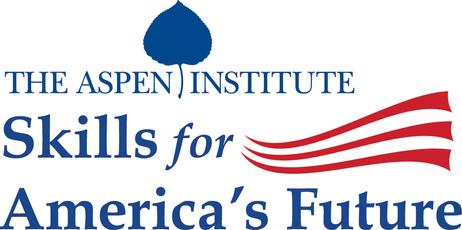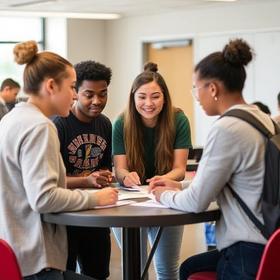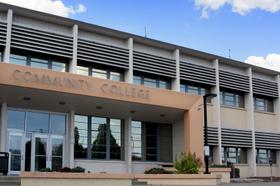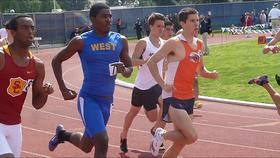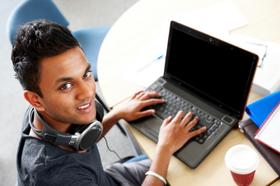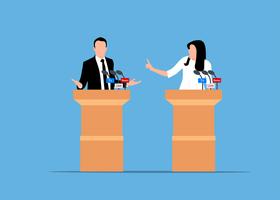For students looking to enter the workforce with a two-year degree under their belts, the medical field is an excellent one to consider. Many positions within this industry can be started with an associate degree, and the number of job openings and growth potential gives these healthcare jobs some of the best value for your higher education dollar. Check out these top 10 health fields you can enter after spending just two years earning your degree.
Dental Hygienist
Most people have a closer relationship with the dental hygienist than the dentist since this professional spends the most time with patients. Hygienists go far beyond simple teeth cleaning, including assisting dentists with surgical procedures, taking X-rays, and educating patients on proper dental care. According to U.S. News and World Report, dental hygienists can expect to earn an annual average salary of $68,200 and enjoy a projected job growth of around 38 percent in their industry.
This video explains what a dental hygienist does.
Medical Sonographer
Medical sonographers use ultrasound technology to help physicians diagnose various disorders and illnesses. Sonographers are responsible for taking ultrasound pictures and determining which photos will be most helpful to the physician making the final diagnosis. This position is heavily patient-oriented and suits those who enjoy working with others. Allhealthcare.com predicts that the job growth for medical sonographers should remain around 16 percent through 2016. Professionals in





